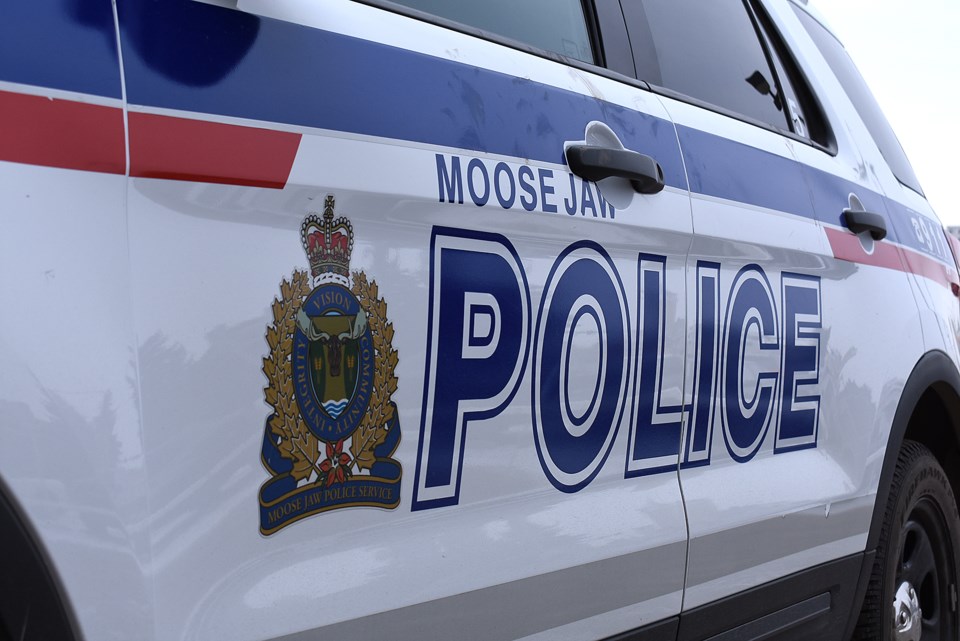Most people would not consider dogs to be equipment that requires replacing, but for the Moose Jaw Police Service, it needs to plan for its four-legged officers’ eventual retirements.
The police service (MJPS) has set aside $10,000 this year to train a new dog for the K-9 unit. The handler of current police K-9, Siren, has been promoted, which means the canine will be retired. Siren has had medical issues and was due to retire in 2023 anyway, according to the 2021-25 equipment reserve budget document.
This budget is based on the depreciation of inventory items, with the amortized amounts funded yearly as an operating expense. The document lists equipment fully amortized, due for replacement, or is new to inventory this year.
The MJPS presented the five-year equipment reserve budget during the recent Board of Police Commissioners’ meeting. The police service wants to spend $455,492 this year — an increase of $78,894 from last year — to upgrade its equipment, including $300,248 in large items and $155,244 in small items.
The items to be replaced this year include: an ammunition entrapment system on the shooting range for $65,000, a phone recording system at $25,000, a laser speed gun for $7,000, a records management server for $24,000, a marked patrol vehicle for $80,000, an unmarked investigation vehicle for $33,000, a photocopier for $6,000, 15 conducted energy weapons (tasers) for $44,248, and a conference table for $6,000.
The police commissioners unanimously approved the equipment reserve budget.
Training required
Dogs are an animal, and they are important to the MJPS, but they also depreciate, the commissioners were told. A police dog’s career is seven to 10 years, while the cost to replace them is $4,000 to $5,000. Therefore, the police service puts away money each year, so it doesn’t need a large amount when dogs retire.
Training falls under the operational budget, while the cost of the animal and related gear is under the equipment reserve budget, said Deputy Chief Rick Johns. The MJPS goes overseas or to a local high-end handler to acquire a new dog, especially since it needs to have the right training, bloodline and temperament.
He added that the dogs also need to meet the annual certification requirements to be deployed in police work.
“I just was curious about that because I do see other police departments around North America … trying to find and train rescue dogs that fit that (criteria),” said commissioner Coun. Dawn Luhning. “So, when I saw that price tag for the dog, I thought, ‘Wow!’ (But) $10,000 in the police budget isn’t a huge deal.”
A businessperson attempting to start a breeding company years ago gifted the MJPS with a dog that, while it sounded great, forced the organization to spend plenty of money to train the animal, Supt. Rick McKenna explained. However, the dog did not develop the “prey drive” needed to latch onto people.
“Believe it or not, biting people for a dog is not a natural thing, so they have to have a very natural strong prey drive to be able to do that … ,” he continued. “Getting a dog to hang on when he’s bit a human is difficult.”
Dogs that train with the RCMP have that prey-drive characteristic bred into them, so they have a higher success rate than dogs from rescue programs, McKenna added. Such a dog might be well-trained after a year, but it would not do what the police service needs it to do when necessary.
Finding well-trained dogs is a highly competitive activity since supply is limited, said Police Chief Rick Bourassa. The MJPS’s K-9 handlers often travel to meet the animals before selecting a suitable dog.
The next Board of Police Commissioners’ meeting is March 9.




